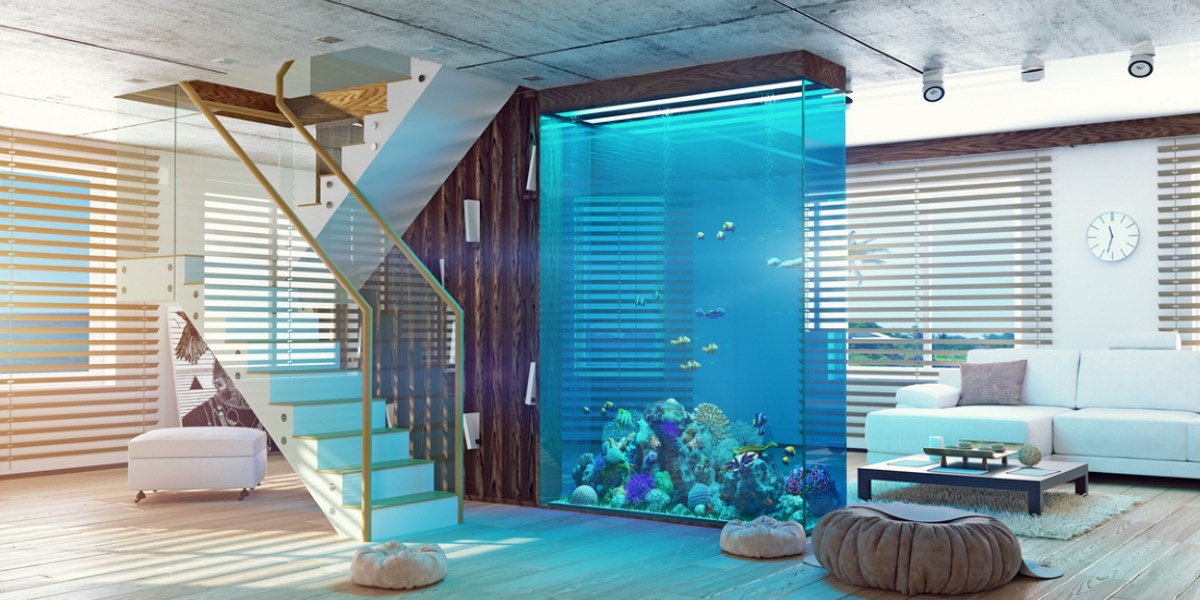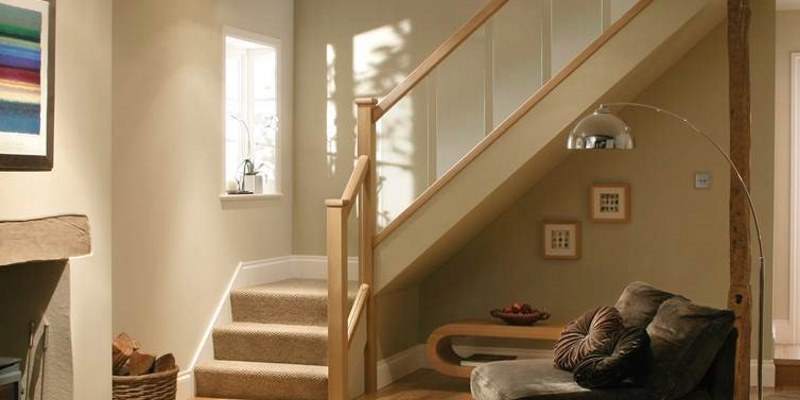What advice would you give for combining modern glass panels with a traditional hallway?
Rebecca: Keep hallway furniture to a minimum and blend with the glass panels by using the same material as their surround. Ensure the hallway is well lit and use light colours to decorate the walls. A mirror always helps to make a small, narrow space seem larger and if you use a contemporary frame, like the furniture, it will blend well with the glass panels. Often the stairs in traditional hallways are dark so the easiest solution is paint them, and to add interest you can always add a runner, either plain or with some stripes.
Steph: Use the simplicity of the glass as a texture, combined with a muted palette alongside other tactile materials such as wood, fabrics and solid paint colours.
Elaine: There is a great juxtaposition to be made between very modern and a much more traditional look but it is important to get the other furniture and accessories right. Try to use similar types of wood, or if you are going for a metal finish on the stairs then echo that with mirror surrounds.
Emile: If the client wishes to add a contemporary twist then glass panels would be a great way to accomplish this. It could, for instance, allow light into the centre of the house especially in period properties where this can be an issue. They can also be used where you may want to display antique furniture underneath or to the side, and this will give a straight through sight line. There really are no rules, and all rules are there to be broken. It depends on the client and the situation. The only area where this may be difficult is on a listed building.


